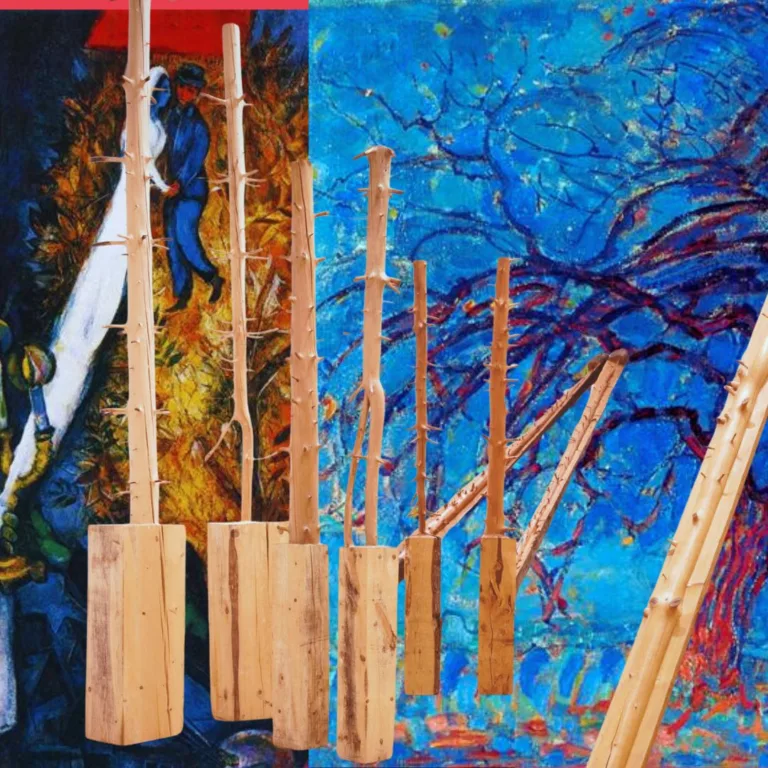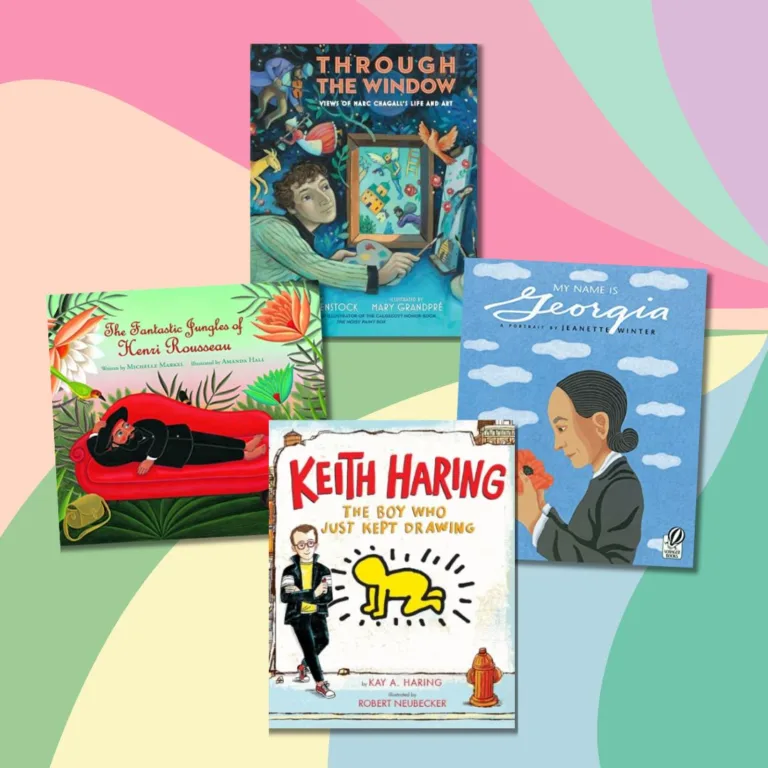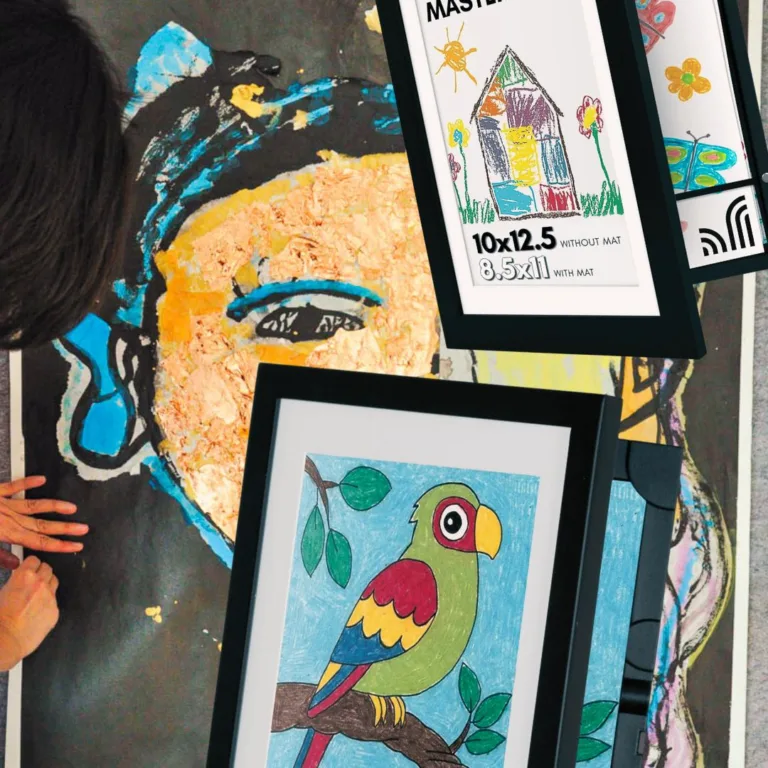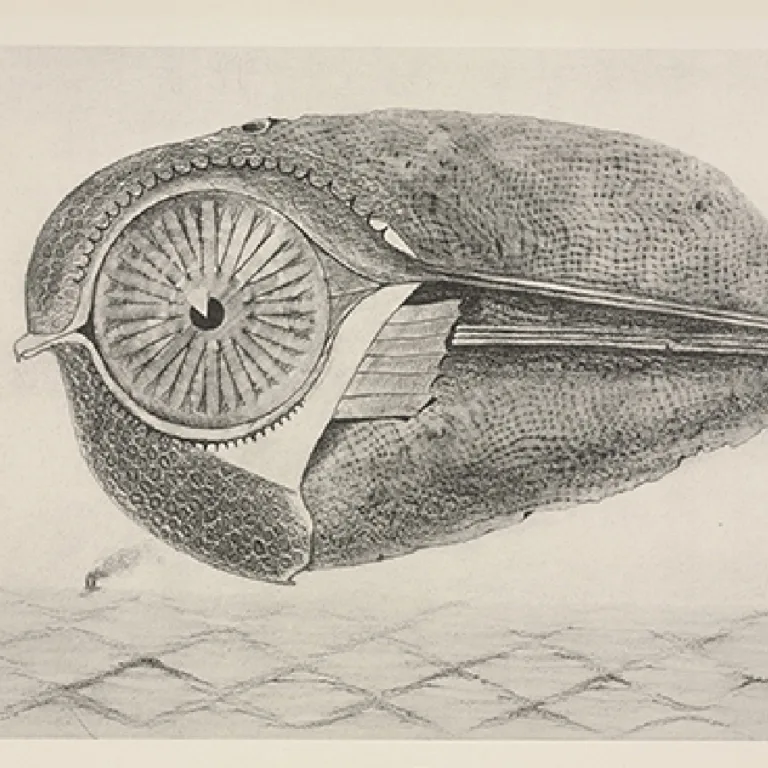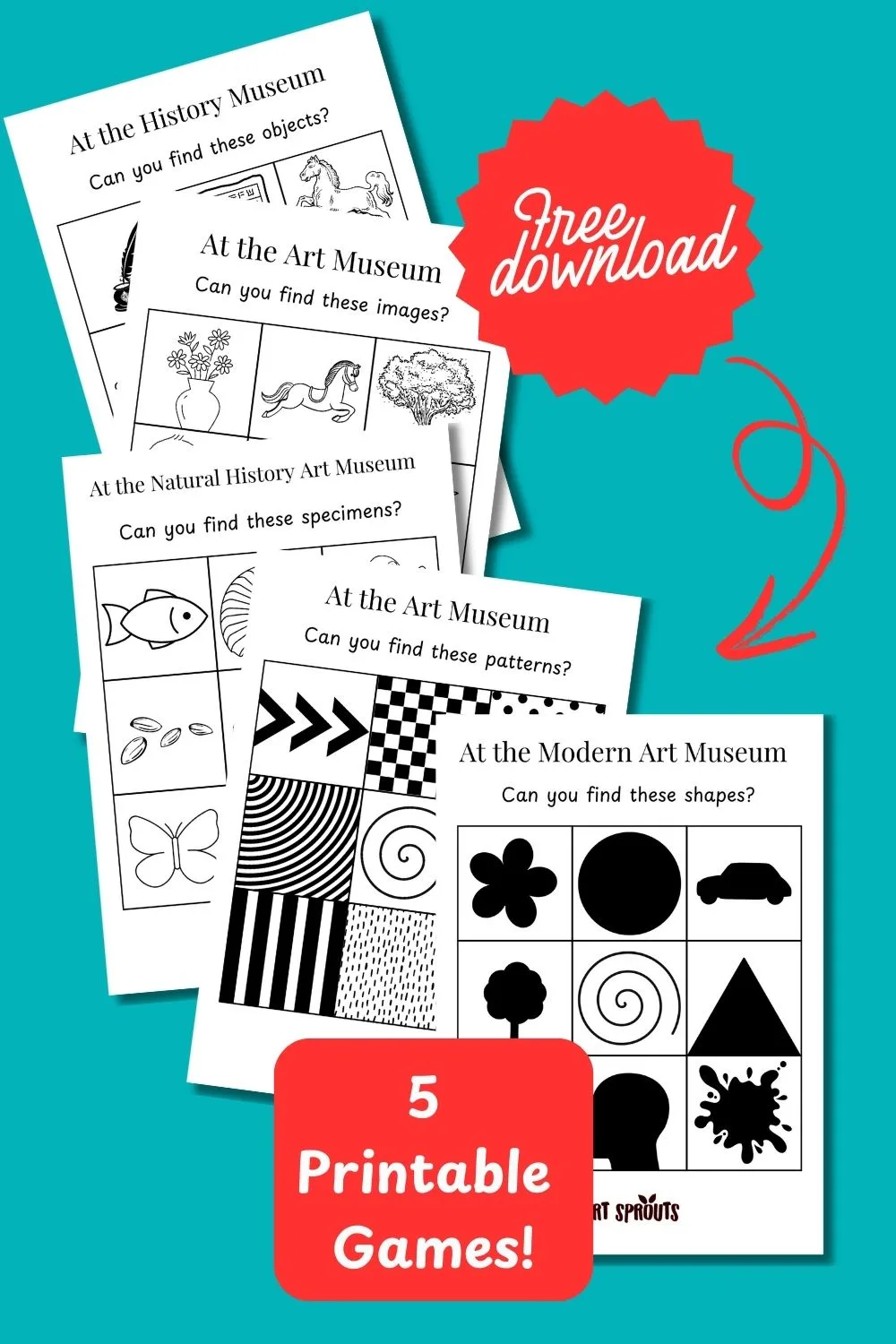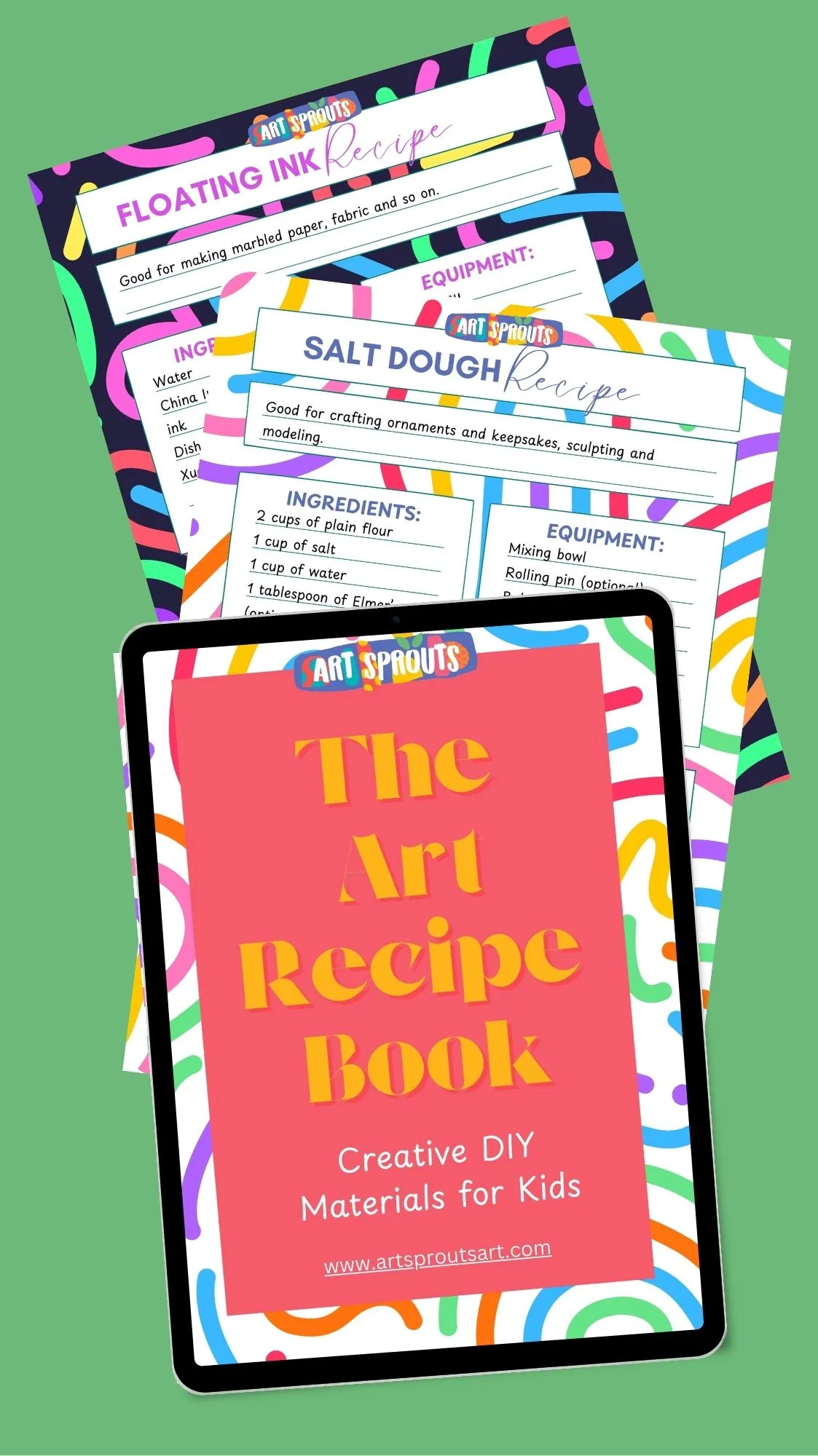Exquisite Corpse for Kids: 4 Surrealist Games to Boost Creativity in the Classroom
Surrealism, with its celebration of the unexpected, has given us one of the most imaginative and collaborative games in art history—Exquisite Corpse. Originally developed by Surrealist artists in the 1920s, this game started as a playful, unpredictable way to create narratives together. Participants would write or draw on part of a paper, fold it, and pass it along to the next player, who would continue the piece without seeing the previous contributions. The results? Absurd, hilarious, and wildly creative.
Today, Exquisite Corpse is a brilliant activity to introduce to classrooms, especially for fostering collaboration, creative risk-taking, and spontaneity in young learners.
For more Surrealist-inspired classroom activities, check out this guide on Surrealist games for kids. You can also access a digital copy of the Book of Surrealist Games here.
The beauty of the game is that it’s flexible and can be adapted into a variety of media, from writing and drawing to collage and photography. And it fits perfectly into Reggio Emilia-inspired, process-based, and inquiry-driven learning environments, where the journey of creation is just as important as the end result.
Let’s explore four variations of Exquisite Corpse for kids that you can bring to your classroom to spark creativity, teamwork, and joy.
Read also:
- 8 Surrealist Games You Can Do with Just an Old Magazine
- Play Like a Surrealist: 13 Surrealist Games and Techniques to Unleash Kids Creativity
- The Original Writing Game: Exquisite Corpse for Storytellers
- Collaborative Drawing Challenge: Surrealist Art with a Twist
- Mixed-Media Madness: Exquisite Collage Art
- Digital Dreamscapes: Photo Exquisite Corpse
- How Exquisite Corpse Fits into Reggio Emilia-Inspired Learning
- External Resources for Further Exploration
- Conclusion
The Original Writing Game: Exquisite Corpse for Storytellers
The original version of Exquisite Corpse was a writing game, where participants took turns writing parts of a story, only able to see the last word of the previous line. It’s a fun way to get kids thinking on their feet, and it produces hilarious, unexpected results. This activity teaches students that sometimes, the most creative ideas come from letting go of control and embracing spontaneity.
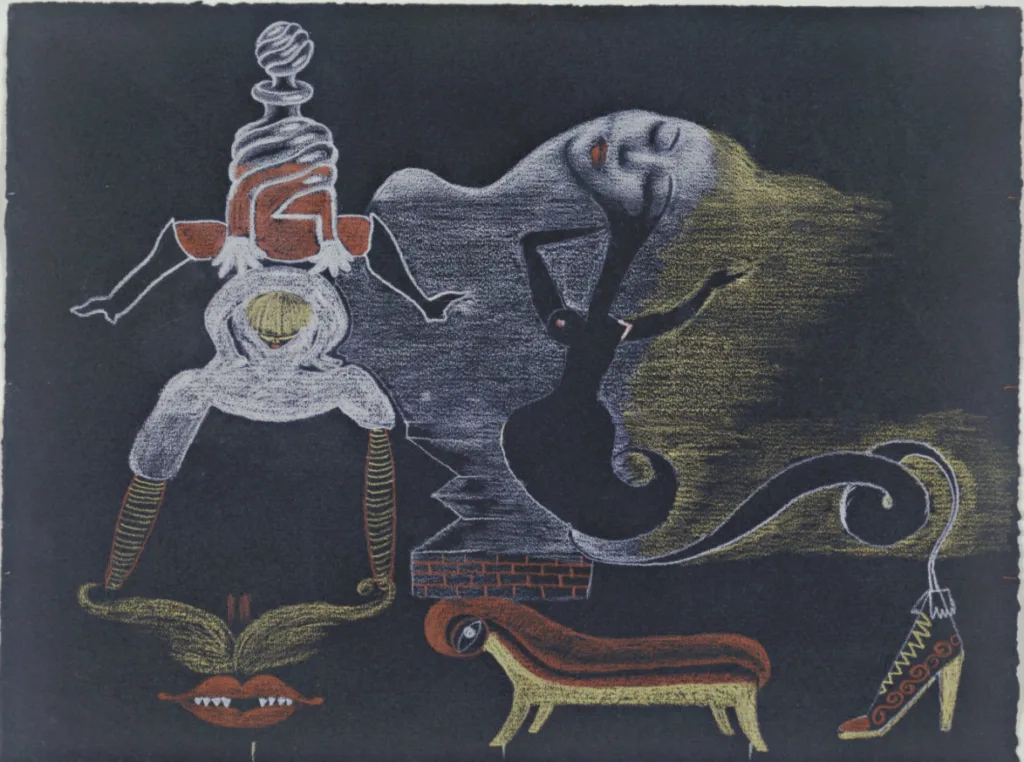
Materials:
- Sheets of paper (one per student)
- Pens or pencils
- Washi tape or paper tape to cover sections of the story
How to Play:
- Set the scene: Divide the students into groups of 4-5, and give each student a sheet of paper and a pen.
- First sentence: Each student writes the first sentence of their story at the top of their paper.
- Hide and pass: After writing, the student covers their sentence with paper tape, leaving only the last word visible. Then they pass the paper to the next student.
- Continue writing: The next student continues the story based only on the last visible word, and this process continues until the papers return to the original writer.
- Reveal the stories: Once the papers make a full round, students reveal the entire story. Often absurd and unpredictable, these collaborative stories are always a delight!
Extensions:
- Illustration: After reading their final stories, students can illustrate a scene from the story, bringing the wild narrative to life visually.
- Performance: Turn these stories into skits or plays. Kids can act out their stories, using the strange narrative twists as inspiration for improvisation.
This writing exercise is perfect for fostering collaborative creativity while encouraging students to let go of the need for everything to make sense. It aligns beautifully with inquiry-based learning, where exploration and questioning take center stage.
For more creative ways to inspire kids through Surrealist writing games, check out this resource on Surrealist games using old magazines.
Collaborative Drawing Challenge: Surrealist Art with a Twist
The Collaborative Drawing Challenge takes Exquisite Corpse into the realm of visual art. In this version, students draw sections of a figure or landscape, but each artist only gets to see a tiny part of the previous drawing. The result is a bizarre, surprising, and often hilarious artwork that reflects the spirit of Surrealism.
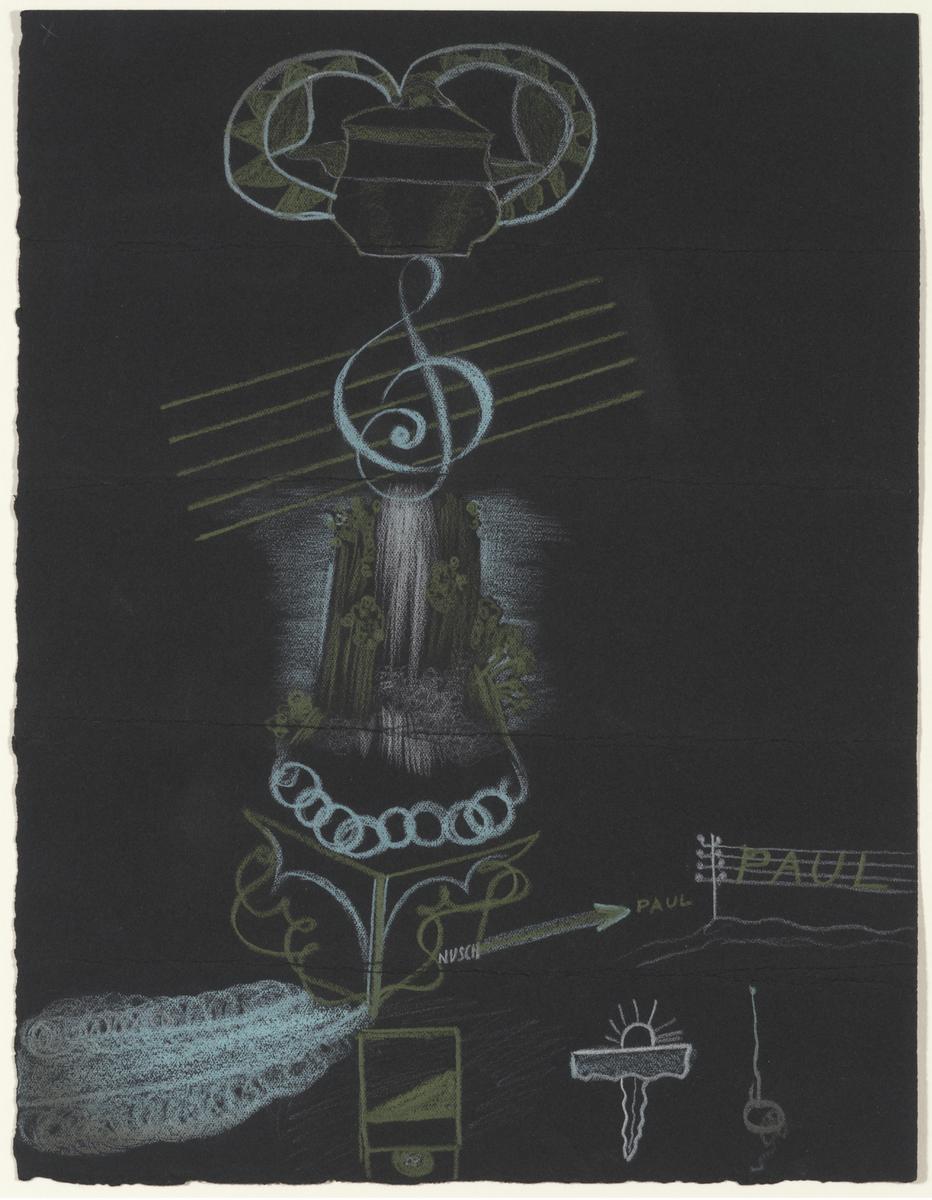
© ADAGP, Paris and DACS 2024, London; © Estate of Paul Eluard
License this image
Materials:
- Long sheets of paper (one per student)
- Drawing materials (pencils, markers, crayons, etc.)
- Paper tape to cover sections
How to Play:
- Divide the paper: Each student gets a sheet of paper divided into sections. For figure drawing, label the sections as Head, Torso, Legs, etc. If drawing a landscape, sections might include City, Mountains, River, and more.
- First section: Each student starts by drawing the first section of their paper, such as the head of a character or the sky in a landscape.
- Hide and pass: Once a section is complete, students cover their drawing with scrap paper or tape, leaving a small part visible to guide the next artist.
- Continue the drawing: The papers are passed around the group, and each student adds their own section based on the visible edge left by the previous artist. This continues until the paper returns to its original owner.
- Unveil the artwork: Students reveal the final drawings, which are often filled with strange, surreal juxtapositions!
Extensions:
- Mixed media: Experiment with different materials—one section could be done in pencil, another in ink, and another in watercolor. This adds texture and richness to the final collaborative piece.
- Interpretation: After unveiling the drawings, have students reflect on the unexpected connections between the sections. They can develop these characters or landscapes further by adding backgrounds or narratives.
Drawing Exquisite Corpse is a great way to teach students about spontaneity in art. The process itself becomes the focal point, showing students that they can create something meaningful—even when they don’t have full control.
Mixed-Media Madness: Exquisite Collage Art
Collage is another fantastic way to bring Exquisite Corpse into the classroom. This version encourages students to use a variety of materials—magazine cutouts, fabric, photocopied images, and more—to build a surreal image. The tactile nature of collage allows for endless possibilities, and students can mix different textures to create something truly unique.

Yves Tanguy
Materials:
- Sheets of paper (one per student)
- Magazines, newspapers, photocopied images, fabric scraps, plastic, metal sheets
- Glue sticks, scissors
- Watercolors or markers for painting over black-and-white images
- Scrap paper and paper tape to cover each section
How to Play:
- Gather materials: Have students collect materials from old magazines, newspapers, photocopies, and even unconventional materials like fabric, leather, or plastic. Give them time to gather and think about what they want to use.
- Create the first section: Each student starts by creating one section of their collage, whether it’s a head made from magazine cutouts or a textured sky using fabric and plastic.
- Hide and pass: After a set time (10 minutes), students cover their work and pass the paper to the next student.
- Continue the collage: The next student adds to the collage, blending their section with the visible edge of the previous one. This continues until the paper returns to its original owner.
- Reveal the collages: Once the final section is complete, students uncover their papers to reveal the full, multi-textured artwork.
Extensions:
- Vintage effect: Use photocopied black-and-white images and have students paint over them with watercolors to create a soft, vintage feel.
- 3D elements: Encourage students to experiment with 3D elements, like adding fabric, yarn, or even small objects to their collages. This tactile approach can add even more layers of creativity.
For a more in-depth guide on creative collage techniques, be sure to check out this Surrealist magazine activity.
Digital Dreamscapes: Photo Exquisite Corpse
Taking Exquisite Corpse into the digital age, this version allows students to create surreal photo collages using their own photos and photo-editing software. By combining and editing images on tablets or smartphones, students can craft unique digital artworks.

Materials:
- Smartphones, tablets, or cameras
- Photo-editing software (Canva, Pixlr, Photoshop)
- Optional: Printers for printing out the final images
How to Play:
- Take photos: Each student starts by taking an abstract or close-up photo on their device. Encourage them to focus on details that are hard to identify when isolated, like textures on a wall or a close-up of an object.
- Pass and shoot: After taking the first photo, students pass their device to the next student, who adds another photo. The process continues until each student has contributed one photo to every device.
- Create the collage: Once the photos are collected, students use photo-editing software to combine the images into a cohesive digital collage. They can play with filters, blending, and layering to create something surreal and unexpected.
- Unveil the digital art: Once the final collages are complete, students present their work to the class. The images can be shared digitally or printed for a physical display.
Extensions:
- Digital drawings: Students can further enhance their digital collages by adding digital drawings or text overlays, pushing the boundaries of the surrealist aesthetic.
- Themes: Consider giving the class a unifying theme for their collages, like “Dreamscapes” or “Surreal Cities,” to provide some direction while still allowing room for creative freedom.
How Exquisite Corpse Fits into Reggio Emilia-Inspired Learning
Incorporating Exquisite Corpse into a Reggio Emilia-inspired, process-based, and inquiry-driven classroom makes perfect sense, as both approaches celebrate collaboration, creativity, and the value of the learning process over the final product. In Reggio-inspired classrooms, children are seen as capable, curious, and driven by their own desire to learn. This mirrors the spirit of Exquisite Corpse, which encourages students to explore the unknown, make connections, and embrace unpredictability.

Valentine Hugo
- Process Over Product: In both Reggio Emilia and Surrealist games like Exquisite Corpse, the focus is on the journey of creation. Students don’t know the final outcome, and that’s part of the fun. They learn to appreciate the collaborative process, understanding that the value lies in the unexpected discoveries made along the way.
- Collaboration and Communication: Exquisite Corpse encourages students to work together, much like the Reggio Emilia approach, where collaborative learning is central. Each student contributes to a collective creation, whether through writing, drawing, or photography, and learns how to build on the work of others. This fosters not only artistic skills but also communication and teamwork.
- Inquiry-Based Learning: Exquisite Corpse taps into inquiry-based learning by prompting students to ask questions and solve problems without predefined answers. In Reggio classrooms, teachers guide students through open-ended questions, encouraging exploration. Exquisite Corpse allows children to engage in similar problem-solving and creative thinking, all while having fun and experimenting with different artistic techniques.
This method also encourages reflection. After completing the Exquisite Corpse activity, students can reflect on the creative choices they made, share what surprised them, and even use the piece as a springboard for further projects, such as creating longer stories or more detailed visual art.
External Resources for Further Exploration
Books:
“A Book of Surrealist Games” by Alastair Brotchie & Mel Gooding
This book is a wonderful collection of games and activities from the Surrealist movement, perfect for inspiring creative play in the classroom.
The Surrealist Manifesto, written by Breton, lays out the philosophical foundations of Surrealism, including the idea of breaking free from rational thought and embracing the subconscious. It’s essential reading for understanding the origins of Exquisite Corpse.
Museum Resources:
- Museum of Modern Art (MoMA)
MoMA often features Surrealist activities in its education programs and workshops. Visit their website for digital learning tools and lesson plans inspired by Surrealism.
- The Tate Modern
Tate Modern has an extensive collection of Surrealist works and offers teaching resources and workshops focusing on Surrealism and collaboration in art.
Explore Tate’s Surrealist Collection
Save for Later:
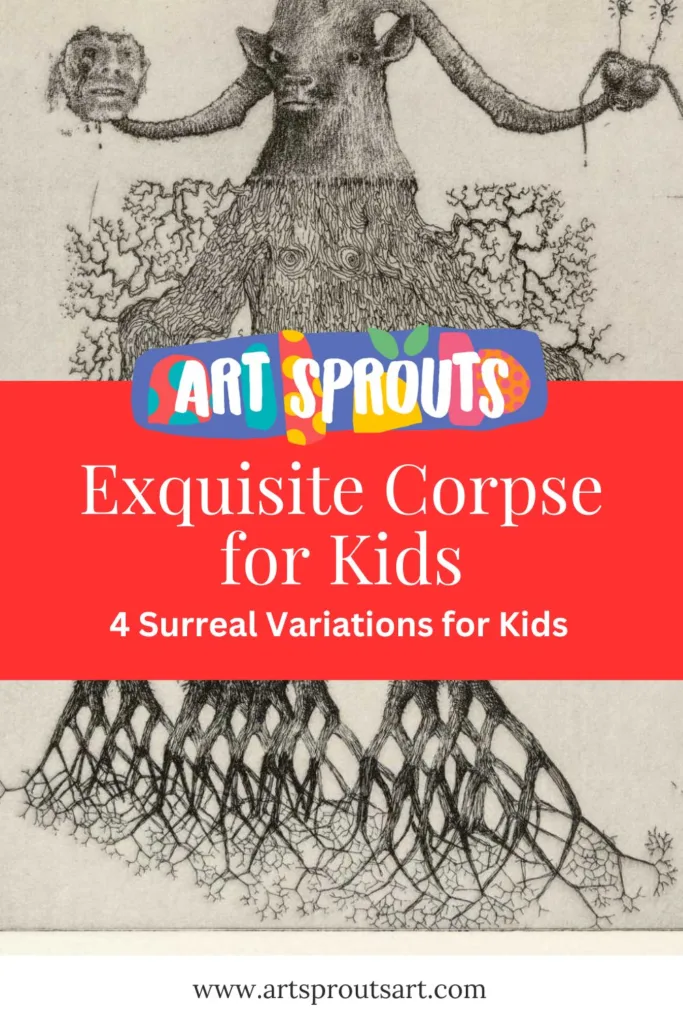

Conclusion
Exquisite Corpse is more than just a game—it’s a creative exercise that pushes students to think beyond what they can see and embrace the unexpected. Whether through writing, drawing, collage, or photography, this activity taps into the core principles of Surrealism, allowing students to collaborate, explore, and most importantly, have fun. Its compatibility with Reggio Emilia-inspired learning and inquiry-based education makes it an invaluable tool in the classroom.
For more ideas on Surrealist activities and ways to encourage creativity in the classroom, check out our resources and explore how you can bring more collaborative, creative play to your students!



